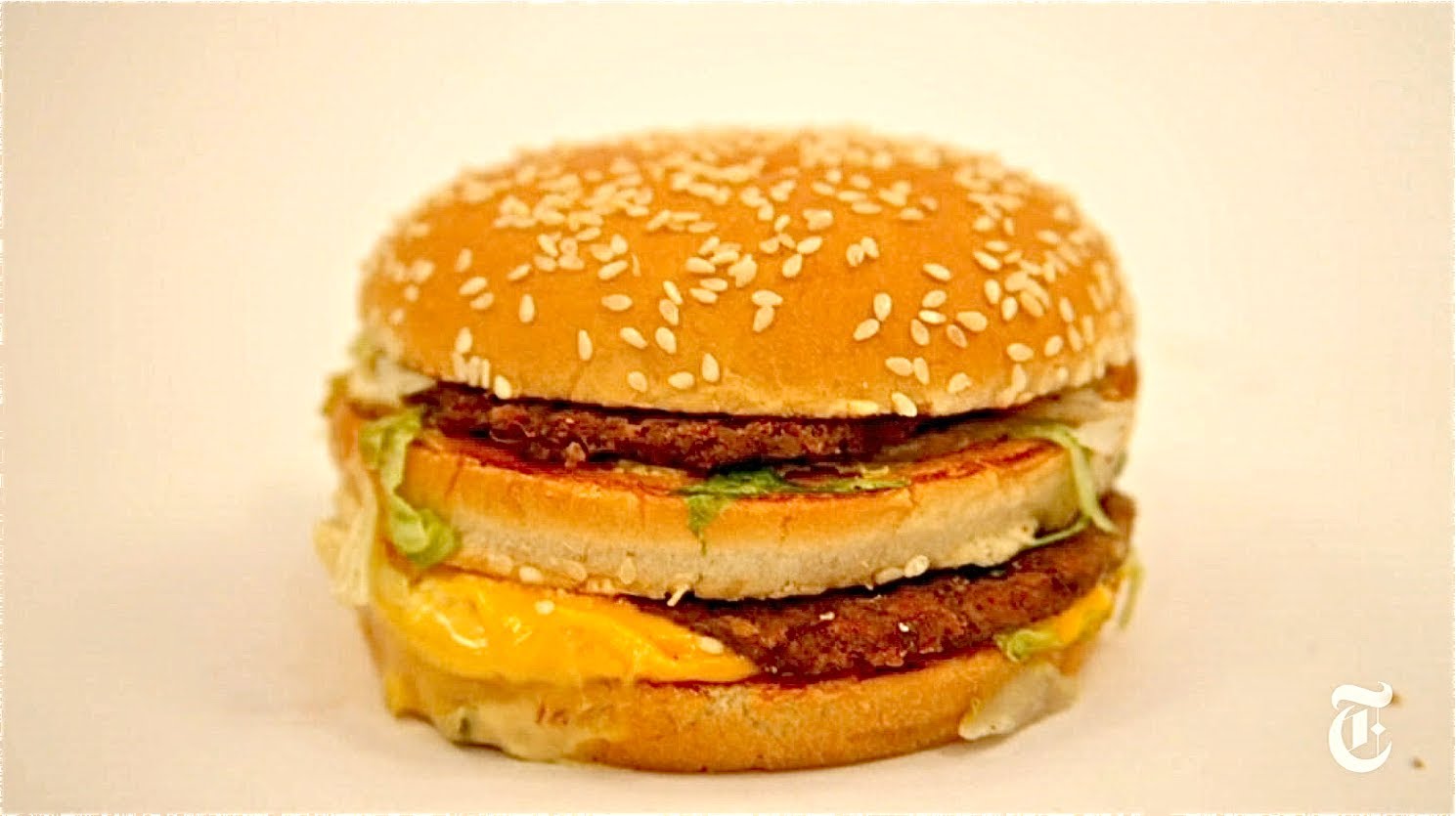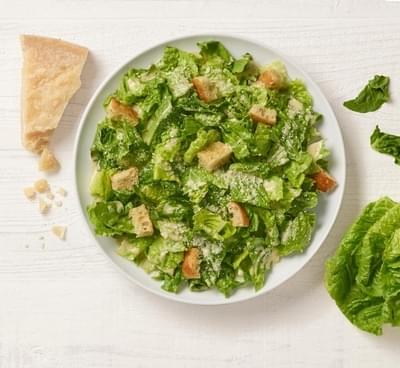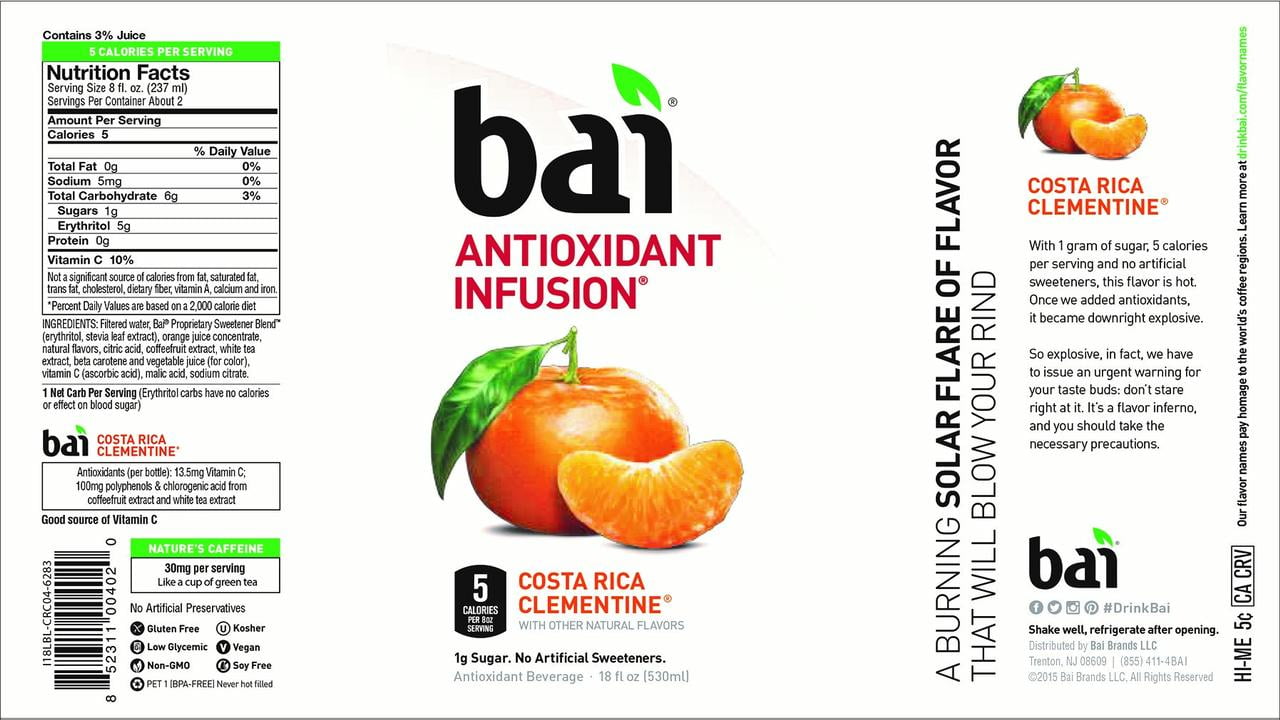42 the truth behind calorie labels
8 Ways Your Nutrition Label Is Misleading You - Taste of Home To cover that up, these foods are often loaded with sugar and carbohydrates. Always compare the nutritional facts to make the best decision. 5. Whole Grain. Whole grains have numerous health benefits and are high in fiber, vitamins and minerals. But be aware that the whole grain label can be misleading. The truth behind food labels But how can consumers be certain that what the label claims is the truth, and what are the effects of misleading labels on consumer confidence? asks Chris Jones. ... The truth behind food labels. 18-Jul-2004 - Last updated on 13-Mar-2017 at 14:48 GMT ... Tate & Lyle collaborates with UAE to support sugar and calorie reduction;
Do nutritional labels work? - Los Angeles Times The Food and Drug Administration recently unveiled significant changes to nutritional labels. After a hard-fought battle, the new labels will give consumers greater insight into how much added...

The truth behind calorie labels
The Truth Behind Calorie Listings - Business Insider The actual calorie content was almost double what the label claimed: a shocking 548.4 calories. That about equates it to a McDonald's Big Mac. Casey Neistat/YouTube And finally, he put Subway to... Are Calorie Counts on Nutrition Labels Making Us Fat? "Using a new experimental design, we found that a serving of pistachios provides 5 percent fewer caloriesthan the food label indicates," says Baer. "Almonds provide 20 percent less." The reason, he... How to Decode a Nutrition Label - Healthline "The nutrition label is an oversimplified snapshot of nutrients," says Yafii Lvova, RDN. This may fuel a too-narrow focus on certain nutrients and values (ignoring others that, though not on the...
The truth behind calorie labels. Transparency in Food Labeling - Union of Concerned Scientists Published Jul 19, 2016. Downloads. Since the 1990s, the Food and Drug Administration (FDA) has required food companies to include Nutrition Facts labels on product packaging. This requirement followed decades of misleading health claims on food packages that made it harder for consumers to follow science-based nutritional recommendations. The Truth Behind Weight Loss Ads | Consumer Advice Here are some of the false promises you'll often see in weight loss ads: Lose weight without dieting or exercising. (You won't.) You don't have to watch what you eat to lose weight. (You do.) If you use this product, you'll lose weight permanently. (Wrong.) To lose weight, all you have to do is take this pill. (Not true.) The Truth Behind Calorie Labels - YouTube An OpDoc for the New York Times. Original posting and statement here; Thank You to Dr. Rising, Ping and Dr. Pi-Sunyer as well a... Truth Behind The Label - Telling the true about ingredient decks ... the label you find on the back or the side of a packaged product, finished or an ingredient has the serving size, this is very important information that you must understand, i.e. a cheese cake may have the serving size of only 150g per slice, now someone who is in a hurry may grab this cake, take a quick look at the nutritional label, see the …
Calorie Labels Inaccurate, Experts Say - Yahoo! News People who meticulously check the calorie counts on nutrition labels and restaurant menus are in for some bad news: the tallies may be wrong, experts say. Recent studies show that the amount of... The Truth About Food Labels - ABC News A University of Minnesota study showed that 91 percent of shoppers often bypass the calorie count before buying an item. That's bad: If each meal exceeds your energy needs by just 170 calories, you can gain a pound a week. Fat Plenty of men still assume that if a food is low in fat, it's good for them and vice versa. Far from it, says Dr. Katz. Why FDA Nutrition Label Regulations Fail Consumers The FDA should abolish "less than" rules. Zero should mean zero. If there could be 0.5 grams of trans fats per serving, the label should say exactly that: "Trans fats: Up to .5 g per serving." A "1 can" serving should include all the contents of that can, especially since the ingredients list confirms what is actually inside. Lying Labels: Exposing the Truth on Calorie Counts The rounding we see on nutrition labels is actually a little non-intuitive and are rounding differently depending on whether is it greater than or less than 50 calories. If it is 50 calories or less labels round to nearest 5-calorie increment (example: round 47 calories to 45 calories). If it is above 50 calories labels round to nearest 10 ...
The truth behind nutrition labels | Mint The truth behind nutrition labels. Explore. Sign in e-paper. Wednesday, 22 June 2022 ... list of ingredients present and nutrition information—including total calories (energy value) as well as ... VERIFIED The Truth Behind Calorie Labels - YouTube 💹 - Wakelet Música Miércoles. Morning Meeting. CREATING PRESENTATIONS How to read and understand a nutrition label - CNET Bold text on a nutrition label will give you a top-level overview of the nutritional values, and the indented text beneath that breaks it down further. So "Total Fat" in bold font includes grams of... The calorie delusion: Why food labels are wrong | New Scientist They argue that calorie estimates on food labels are based on flawed and outdated science, and provide misleading information on how much energy your body will actually get from a food. Some food...
The Truth Behind the Misleading Labels on Food Packaging This means the product has 50% less fat than its original product and/or the calories have been reduced by at least 33%. Be wary of the claim of "light" correlating to lighter color or flavor, though. Light olive oil and light brown sugar both indicate a less intense flavor and lighter colors respectively, not lighter in calories or fat content.
The burning truth about calories | New Scientist WITH obesity rising across the developed world, you'd think the revelation that food labels get their calorie content wrong would lead to an outcry and calls for a change. Well, you would be wrong....
Cracking The Code: The Truth Behind Food Labels "Low-calorie": 40 calories or less per serving. "High": The item contains at least 20% of the daily recommended value for that particular nutrient. "Multigrain": Made from more than one type of grain. And with that, knowledge is power. The post Cracking The Code: The Truth Behind Food Labels originally appeared on Spoon University.
Nutrition Fact Labels: Why you need to read them. - Thank Your Body Pick up a food "item" and turn the product over and read the nutrition fact label. But here's the thing: I'm less worried about the percentage of fat to calories, or number of carbs or protein. Real food comes in all varieties and you NEED those basic building blocks of fat, carbs, and proteins. No, what I'm interested in is the ingredient list.
The TRUTH About Menu Labeling - Women's Health The TRUTH About Menu Labeling. Finally, some good news. By Kaitlin Menza. Nov 7, 2014 ... The second group, the following year, were given clear calorie labels for 30 of the 36 weeks of classes.
Food Label Lies: How to Sort Truth From Hype | HuffPost Life What it doesn't mean: An organic label indicates that 95% of the product is organic (there is also a "100-percent organic" label). And a food with at least 70% organic ingredients can be labeled "made with organic ingredients." Organic also does not guarantee that it was produced on a small farm, is healthy, or that animals were treated humanely.
Science Reveals Why Calorie Counts Are All Wrong A Hard Nut to Crack. The flaws in modern calorie counts originated in the 19th century, when American chemist Wilbur Olin Atwater developed a system, still used today, for calculating the average ...
Exam: 03.03 The Truth Behind the Label Flashcards | Quizlet According to FDA regulations, if a product contains 40 calories total or fewer per serving, it may be labeled A. low calorie B. reduced calorie C. no calories D. minimal calories A. low calorie According to FDA regulations, if a product claims to have "no added sugar," it means that it must contain A. fewer than 0.5g of total sugar in each serving
16 Ways to Improve Nutrition Labels | Fooducate One thing that really annoyed me was the inefficient method of labeling fat content. For example, we examined Macaroni and Cheese. The fat content had shown us: Total Fat 12g or 18% DV and Saturated Fat 3g or 15% DV. One thing it did not mention was that 44% (110 calories out of 250) of the total calories consumed per serving was from fat.
The Truth Behind These 7 Common Food Labels, And Why ... - Medical Daily Minimally processed usually involves washing, aging, drying, freezing, canning, pasteurizing, or cooking the food; but actual processing changes foods — by adding fat and sugar calories, salt, colors, flavors, and various other substances to make the food taste better while reducing nutritional value.
The Truth Behind Food Labels and Food Health Claims In "trans-fat-free" products, manufacturers can label their goods as having no trans fat as long as it contains less than 0.5g per 100g. If you spot partially hydrogenated oil or shortening in the ingredients list, it is nearly always an indication of the presence of trans fat, which is harmful to your heart.
How to Decode a Nutrition Label - Healthline "The nutrition label is an oversimplified snapshot of nutrients," says Yafii Lvova, RDN. This may fuel a too-narrow focus on certain nutrients and values (ignoring others that, though not on the...










Post a Comment for "42 the truth behind calorie labels"